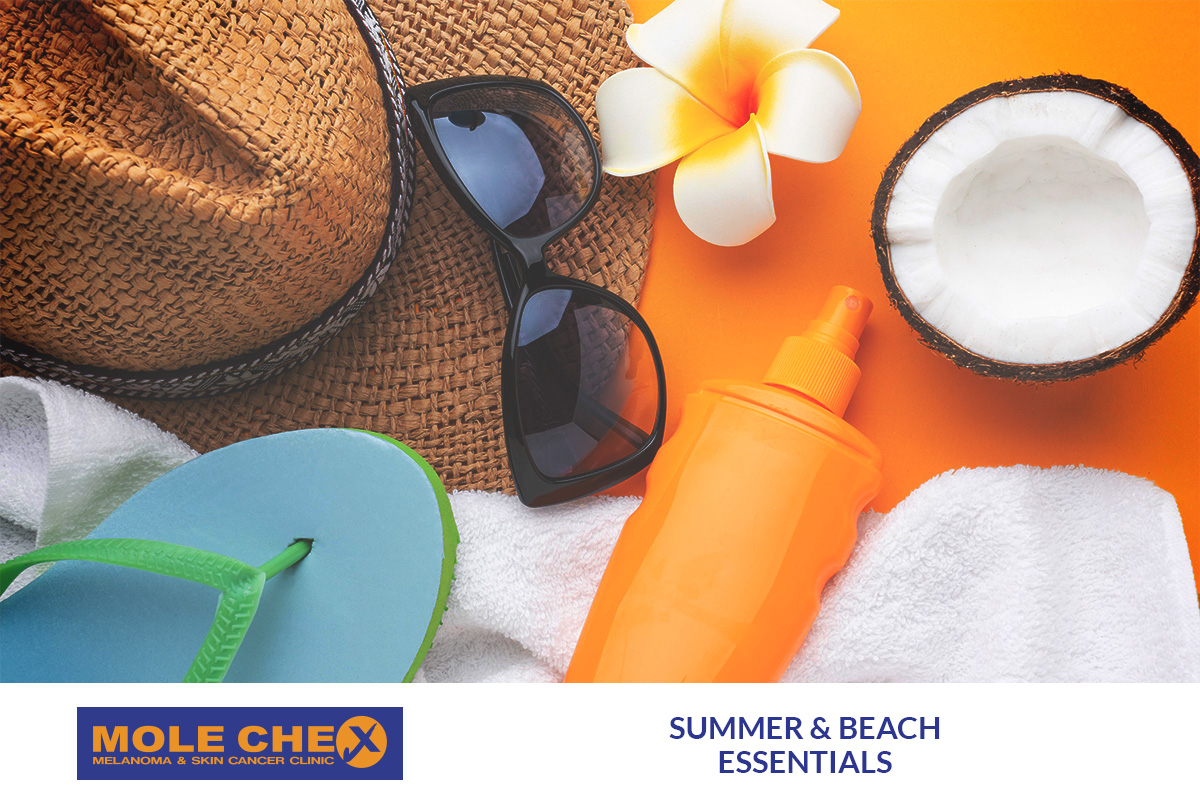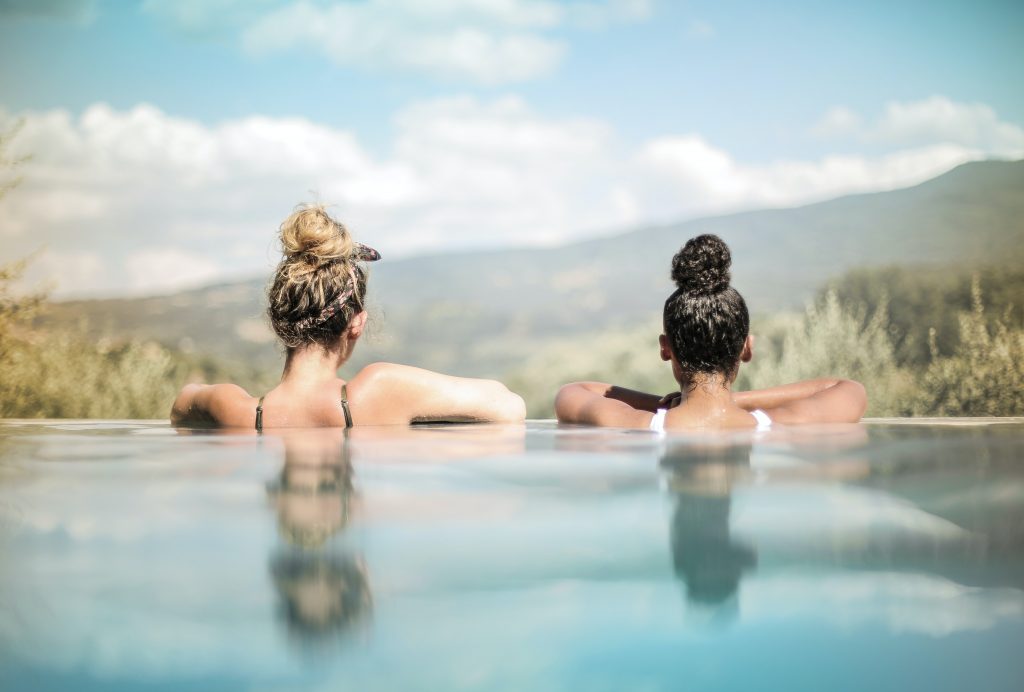Essential Skin Care Tips for a Summer Beach Day

Summer beach days in Australia are what dreams are made of. But as you enjoy the warm sun and salty breeze, it is important to take extra care of your skin, particularly in a country like Australia, where UV levels are notoriously high. From sun protection to post-sun soothing, here’s a comprehensive guide to maintaining radiant, healthy skin while you soak up the beach vibes.
What You will Learn:
Sun protection strategies for a safe beach day
How to hydrate and nourish your skin in the summer heat
Best post-beach skincare practices to rejuvenate your skin
Sunscreen: The Non-Negotiable Essential
If there’s one rule for summer skincare, it is this: never skip the sunscreen. In Australia, UV levels can be extreme, even on cloudy days, so it is crucial to use a broad-spectrum sunscreen that protects against both UVA and UVB rays. Opt for a SPF 50+ sunscreen, which blocks 98% of harmful rays. Apply a generous amount 20 minutes before heading outside to give it time to fully absorb into your skin. Do not forget to cover areas like the neck, ears, tops of feet, and hands—these spots often get overlooked.
Also, sunscreen is not just a one-time application. Reapply every two hours or after swimming or sweating. If you are unsure about how much to use, a good rule of thumb is to apply at least one shot-glass worth of sunscreen for full body coverage.
For those with sensitive skin or prone to breakouts, look for sunscreens that are non-comedogenic (would not clog pores) and fragrance-free to reduce irritation. Zinc oxide-based sunscreens are excellent as they offer broad-spectrum protection and are gentle on all skin types.
Hydration is Key: Inside and Out
The sun, sand, and sea can zap moisture from your skin, making hydration crucial both internally and externally. Start by drinking plenty of water throughout the day. Aiming for at least 2 litres, or more if you have been sweating or swimming, will help keep your skin and body hydrated.
To lock in moisture on the surface, use a lightweight, hydrating moisturiser with ingredients like hyaluronic acid or glycerine. These help retain moisture and keep your skin plump. It is a good idea to apply moisturiser before your sunscreen, so your skin stays hydrated under its protective layer.
On particularly hot days, a hydrating facial mist can refresh and cool your skin while you are at the beach. Mists that contain ingredients like aloe Vera or cucumber offer an added cooling effect while providing moisture.
Physical Sun Protection
While sunscreen is essential, pairing it with physical barriers offers even more protection. Wide-brimmed hats, sunglasses with UV protection, and long-sleeved, lightweight shirts are perfect companions for a day under the Australian sun. Clothing with UPF ratings (Ultraviolet Protection Factor) is designed to block more UV rays and provide superior protection than regular fabrics.
Seek shade whenever possible, especially during peak UV hours between 10 AM and 2 PM, when the sun’s rays are at their strongest. If you cannot escape the sun entirely, taking breaks in the shade helps minimise overall exposure.
After-Sun Care: Soothe and Replenish
Even with the best sun protection, your skin may still need some extra TLC after a day at the beach. Saltwater, sun, and wind can leave your skin feeling dry, tight, and sometimes irritated. After your beach day, start with a gentle, hydrating cleanser to remove sunscreen, salt, and sweat without stripping your skin’s natural oils. Avoid harsh scrubs that can further irritate or dry out your skin.
For post-sun hydration, use a moisturising lotion or gel that contains soothing ingredients like aloe Vera or calendula. These natural ingredients are excellent for calming redness and sunburn while replenishing moisture. If your skin feels especially dry, a nourishing serum with ceramides or niacin amide can help repair your skin’s barrier function.
If you have been sunburned, it is important to avoid further irritation. Skip exfoliation or strong active ingredients like retinoid or acids for a few days, and focus on calming and hydrating products. Applying a cool compress to the affected area can also help reduce heat and inflammation.
Incorporate Antioxidants into Your Skincare Routine
A summer day at the beach exposes your skin to not only UV rays but also free radicals from environmental factors like pollution and sun exposure. Antioxidants like Vitamin C and Vitamin E can help neutralise these harmful elements, preventing premature ageing, hyperpigmentation, and collagen breakdown.
Using a Vitamin C serum in your morning skincare routine can provide your skin with extra protection from the sun and reduce the risk of sun spots and pigmentation. Additionally, Vitamin C helps brighten the skin and promotes collagen production, which is key to maintaining a youthful complexion.
Do not Forget Your Lips and Scalp
It is easy to overlook areas like your lips and scalp, but these are just as susceptible to sun damage. Use a lip balm with SPF 30 or higher to keep your lips from getting chapped and sunburned.
For your scalp, especially if you have fine or thinning hair, a spray sunscreen designed for the scalp is an easy way to protect this often-ignored area. Alternatively, wearing a hat provides dual benefits: it shields your scalp and gives your face extra protection.
Exfoliate Smartly
Exfoliation is essential to keep your skin smooth and glowing, but over-exfoliating in summer can lead to sensitivity and irritation. Choose gentle exfoliants, like those with lactic acidor limit exfoliation to once or twice a week. Avoid harsh scrubs or strong chemical exfoliants that can make your skin more vulnerable to the sun.
Regular, gentle exfoliation helps remove dead skin cells, allowing your moisturisers and sunscreens to absorb better and perform more effectively.
Conclusion
A summer beach day in Australia is always fun, but it requires diligent skin care to prevent lasting damage. From applying and reapplying sunscreen to hydrating and protecting your skin post-beach, these simple yet effective steps can ensure your skin remains healthy, radiant, and sun-safe. With the right products and a few smart habits, you can enjoy the best of both worlds—fun in the sun and beautiful, well-protected skin.
Learn more by reading other articles :

